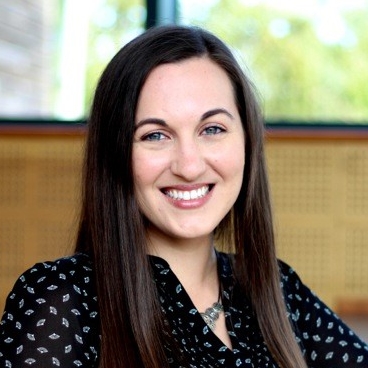We know that across the sector we have a major problem with sexual violence and, unsurprisingly, it hasn’t gone away during lockdown. The restrictions put in place due to Covid-19 may be keeping most students off-campus right now, but technology-facilitated sexual violence and domestic abuse have increased. As we plan for the new academic year, addressing sexual violence has to be on the agenda.
On open days we showcase what our universities have to offer to prospective students. Educational components are on display as departments try to attract the best applicants. Prospective students make decisions about where they will have the most positive and beneficial experience.
The topic of safety, however, may often go unaddressed, and especially so in relation to sexual violence. One risk of not discussing sexual violence at open days is that as university communities, we may appear to be in denial about our problems.
Young women students are at a particularly high risk of being subjected to sexual violence at our universities but any students can be targeted – so at the very least we should be talking about it. International students may be at an inflated risk of being subjected to sexual violence too; conversely, home students on a year abroad may be at an inflated risk at our partner universities or placements. Most university administrations, if asked, tend to assert that, “we take sexual violence very seriously”. Open days offer a great starting point to demonstrate just that. Recognising and owning the problem is perhaps our first step in addressing it.
But talking about it is not enough. We need prevention and support to be on the whole institutional agenda. In our new book, Addressing Student Sexual Violence in Higher Education: A Good Practice Guide, we provide guidance and tools on how to embed a comprehensive institution-wide approach to prevent sexual violence, appropriately respond when it does occur and to ensure trauma-informed support is in place for our students who are subjected to sexual violence.
The criminal justice system has a history of failing victim-survivors of sexual violence. We know that there is significant underreporting to the police and that even when a report is made, police responses can be variable. Still fewer such cases go to court, and, of these, only a proportion are convicted.
There appears to have been an increase in reports of sexual violence at universities which we welcome and encourage. Students are beginning to trust universities with such personal and painful reports and appear more willing to report to their universities than to the police. To build and keep that trust, we need to respond in appropriate and robust ways. If students make reports to us then this gives us the opportunity to provide any educational and counselling support.
If a student does not report to us, or any other agencies, and access support, they may be more likely to have physical and mental health problems and a delayed recovery. When we encourage reporting, it allows us the opportunity to signpost them to the right support, such as a Sexual Assault Referral Centre (SARC). SARCs can offer health, practical and emotional support; services available normally include forensic medical examinations, storage of forensic evidence while considering whether or not to make a police report, risk assessment, sexual health screenings for sexually transmitted infections (STIs) and pregnancy, and ongoing support from Independent Sexual Violence Advisors (ISVAs). In addition to university counselling services, specialist Rape Crisis services (which some universities have rightly taken the opportunity to provide some funding for) can provide support with mental health and wellbeing.
Clear reporting systems for sexual violence that are effectively communicated to students need to be in place. It is not good enough for us to claim that we don’t have a particular problem on the evidence of low reporting – more likely this is evidence of a university leadership team in denial, with students who simply do not trust their university to respond supportively and effectively to such reports. And prospective students may wish to be mindful of such information too: it would be a mistake to conflate high reporting rates with high prevalence rates. If the reporting of sexual violence becomes the new norm at universities this may not only help us secure appropriate support for students, but also serve as a deterrent for would-be perpetrators.
Another way of contributing to prevention is through extensive evidence-informed bystander intervention training throughout the university community. If students and staff are confident to challenge inappropriate behaviour then this gives another line of defence against sexual violence. Disclosure training for staff and student leaders also needs investment if we are to see a rise in the reporting of sexual violence.
When students disclose they need to be believed.
Universities must have policies and procedures that address sexual violence. If these policies are reported to have been breached, then fair and transparent trauma-informed investigations can be conducted in consultation with the reporting party. Those undertaking investigations into reports of sexual violence need specialised training. This is a demanding area of practice. However, as another area of prevention, a key difference between university internal investigations and the criminal justice system is that areas of student misconduct are determined on the balance of probabilities.
Ultimately, if there are to be equal rights to education then we need to ensure that we are taking every available action to prevent sexual violence occurring in our communities and if a student has been subjected to sexual violence on (or off) campus or online that we provide the support needed to continue with their studies. We don’t know the exact number of students who have dropped out of university due to sexual violence, but we know it is happening. Going forward, we would want the figure to be nought.
Getting this right means that our students as future leaders and professionals will be armed with awareness and skills to tackle sexual violence in whatever walk of life they find themselves. So it’s an opportunity not just for our sector but for the whole of our society.













